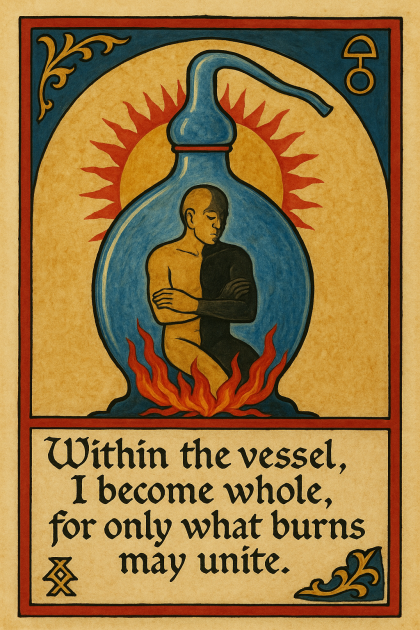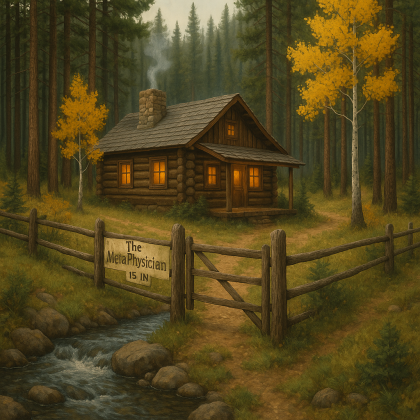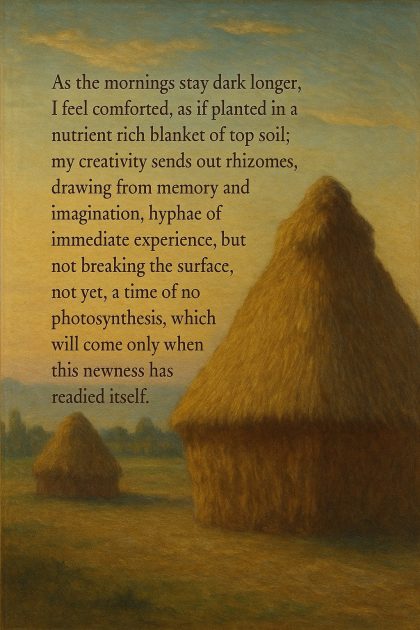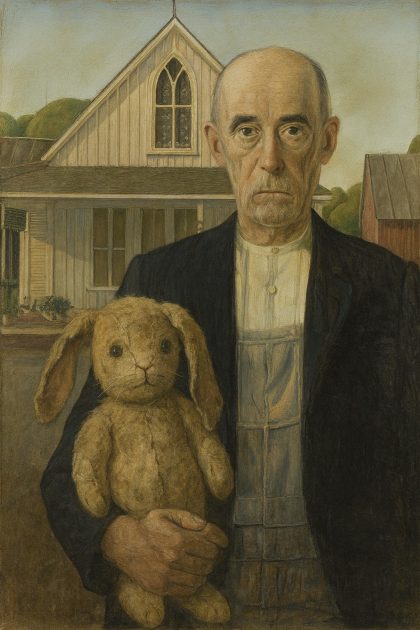Samain and the Radiation Moon
Thursday gratefuls: Joanne. Diane. The Alembic. Jung. Freud. Rogers. May. Frankl. Maslow. Satir. Fromm. Adler. Horney. Erikson. Paul Goodman. Adorno. Marcuse. Benjamin. Habermas. Unamuno. The hermeneutics of suspicion. Ricoeur. Guides from my student days. The theology of liberation. Cornel West. Shadow Work. Ivan Illich.
Sparks of joy and awe: A day of rest
Life Kavannah: Wu Wei Shadow, my Wu Wei mistress
Week Kavannah: Hakarat Hakov Gratitude. “Who is rich? Those who rejoice in their portion.” Perkei Avot 4:1
Tarot: Being a metaPhysician
One brief shining: Shadow, shadow work, the work done but unrecognized, unpaid, unappreciated housework, child rearing, transporting yourself to work, self checkout, pumping your own gas, making your own travel arrangements, assembling products that come in pieces, maintaining a yard and a vehicle noticed and named by radical thinker, Ivan Illich, in his book, Shadow Work. How much shadow work do you do?
Alembics. “…historically used by alchemists and for producing medicines, perfumes, and alcohol, the word can also be used metaphorically to mean something that refines or transmutes.” Gemini
I’ve begun to think of my life in terms of alembics. When was I thrown into a life situation, either by my own choice or by outside circumstance that resisted logic, yet compelled me to respond in unexpected, unusual, new ways?
A major early almebic? The death of my mother. No way to reason my way through that. A moment of dark transformation, carried without thought into the dark recesses of my heart, clashing with a changed world, and not well. In spite of being in a family, I sat in this alembic alone, feeling the fires of fear, doubt, grief lick up and around my stunned self.
This transmutation produced no gold. No, it produced a broken soul, one ready for abandonment, for sudden shifts from light to dark, from innocence to intoxication. Yes, the second alembic, which contained the first, grew from days at Phi Kappa Psi and Wabash where I learned to smoke and to drink.
An alembic that would not shatter until March of 1976 when I began treatment at a Hazelden outpatient clinic in Minneapolis. Getting sober allowed me to gather in pieces of the dark time and begin to transform them into psychic gold. To understand that the grief, the agony, the isolation (self-imposed) had forced me to mine my inner resources in ways and at a time most people went to prom and figured out what to do with their lives.
Other alembics. The Peaceable Kingdom. Seminary. Adopting Joseph. Vietnam era protests. Studying philosophy and anthropology. Marrying Kate. Andover with its gardens, dogs, bees. Writing. Shadow Mountain. Kate’s illness and death. Cancer. CBE. Converting to Judaism. Old age with a terminal illness, the fourth phase.
I like the use of alembic to describe these times because it recognizes that the pressures and fractures and falls and emergence shape us in ways unpredictable, unknown, yet in which we have no choice but to participate as best we can.
Are you in an alembic right now? Or, have you emerged from one recently? Or, long ago. How did it transform you? How is it transforming you?












